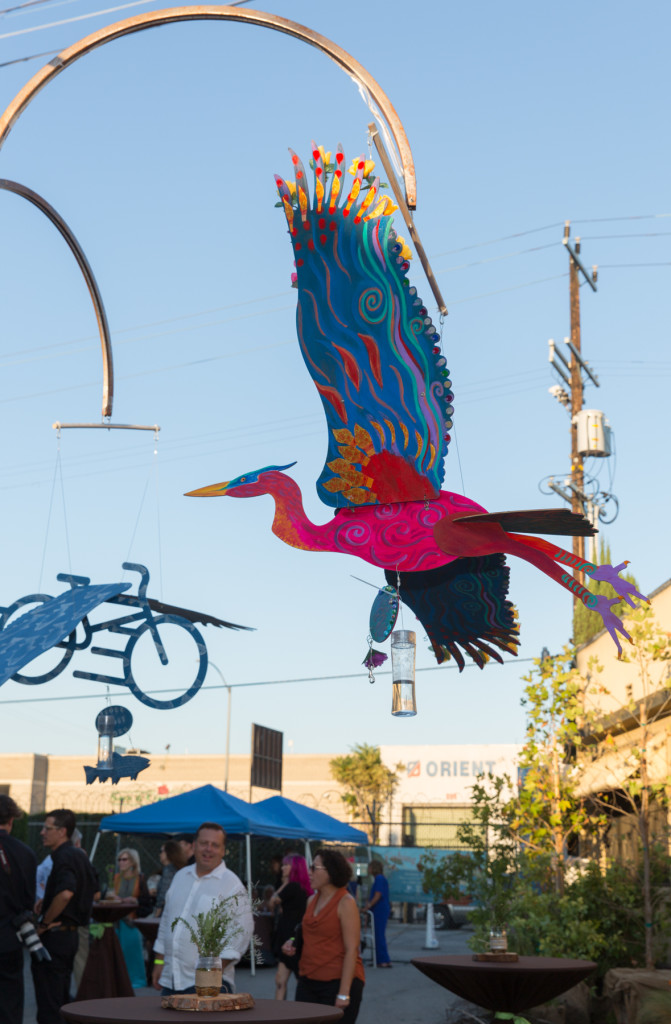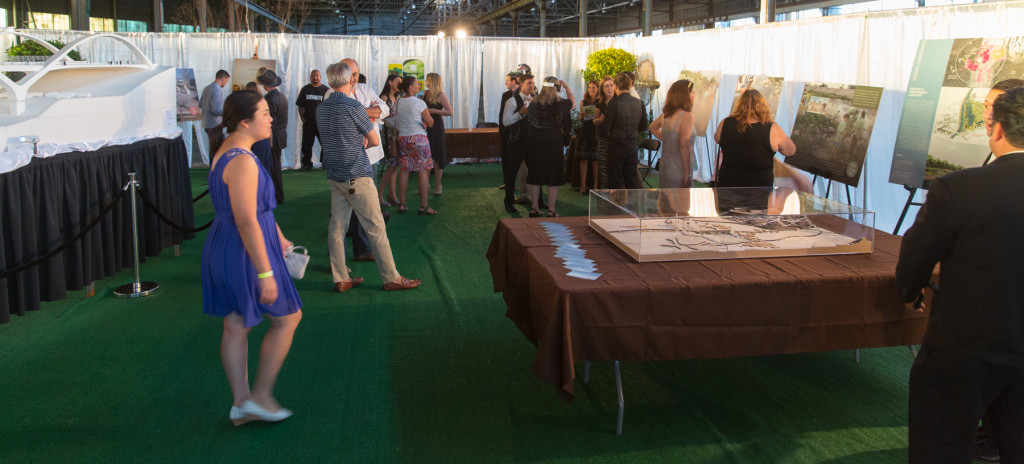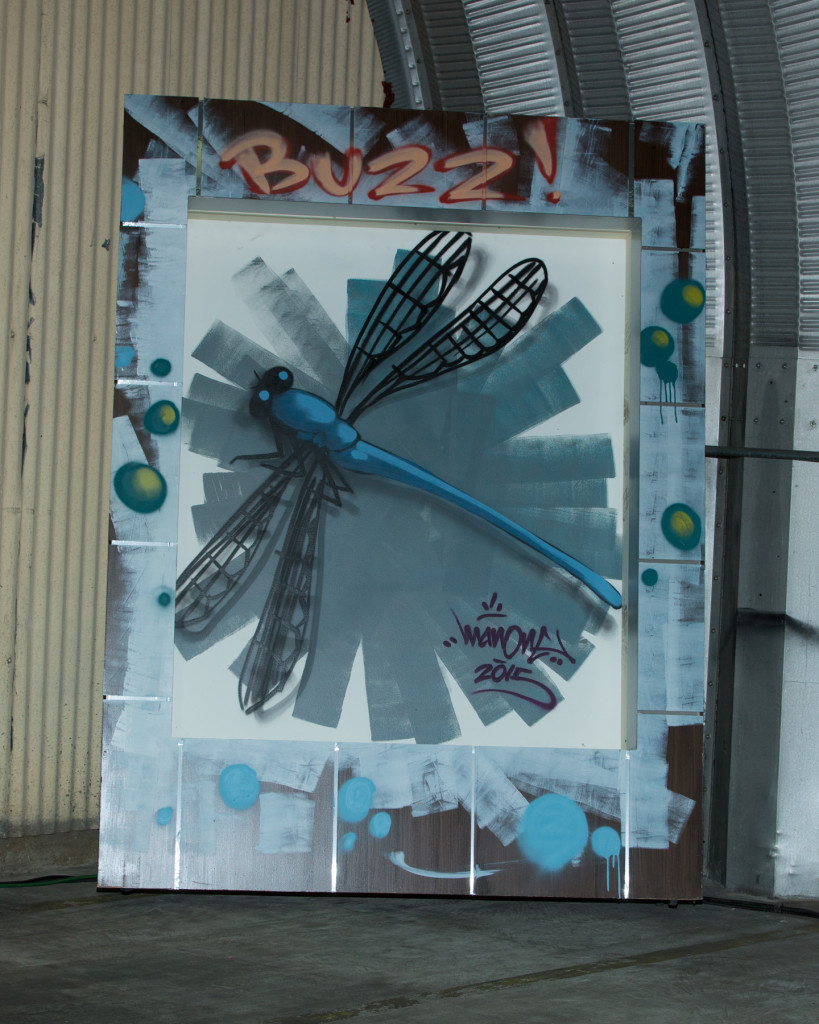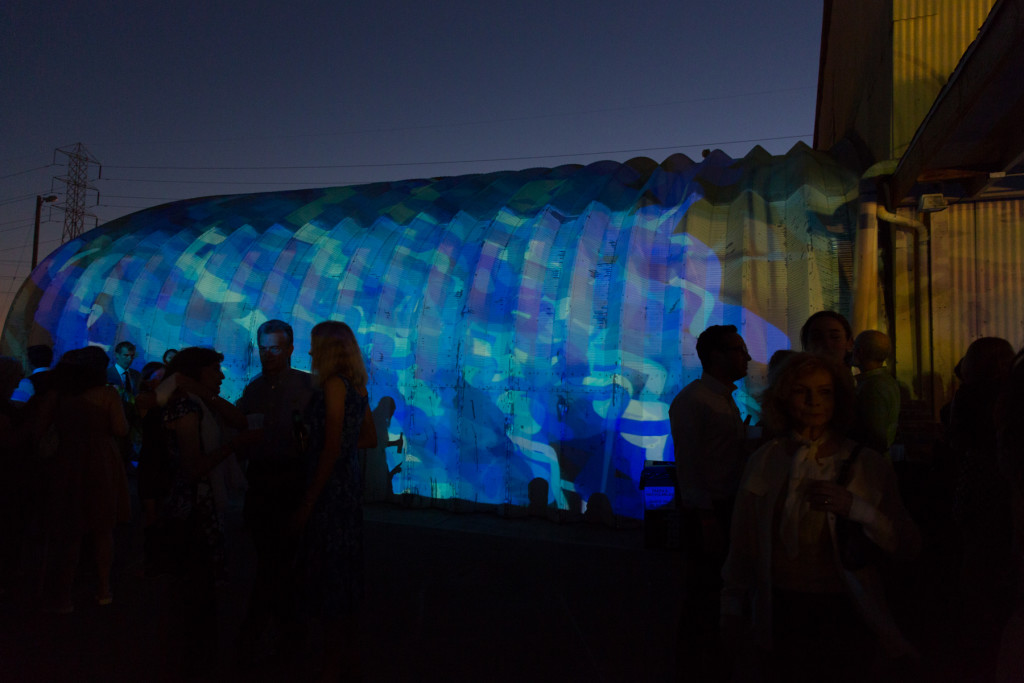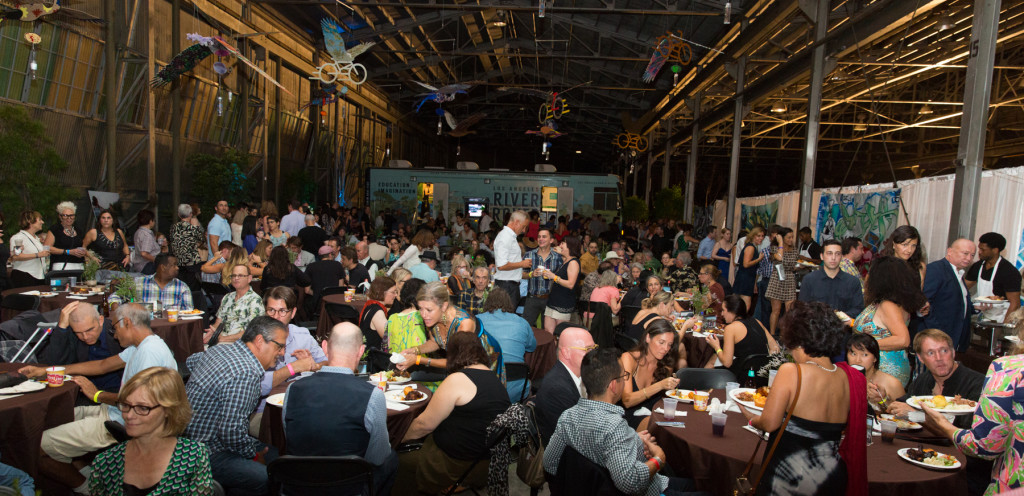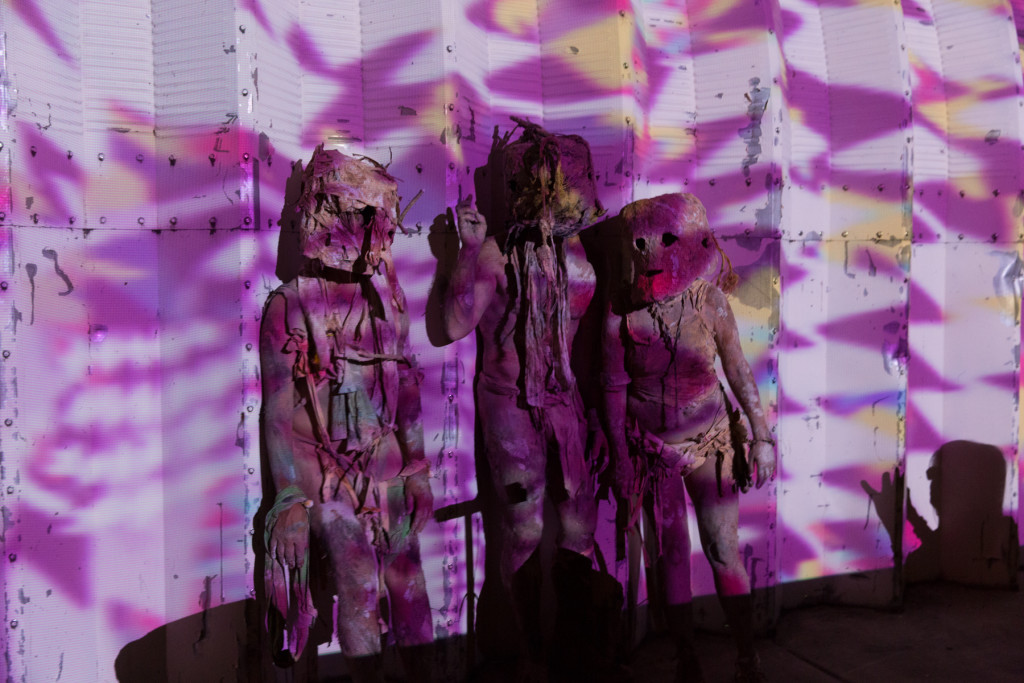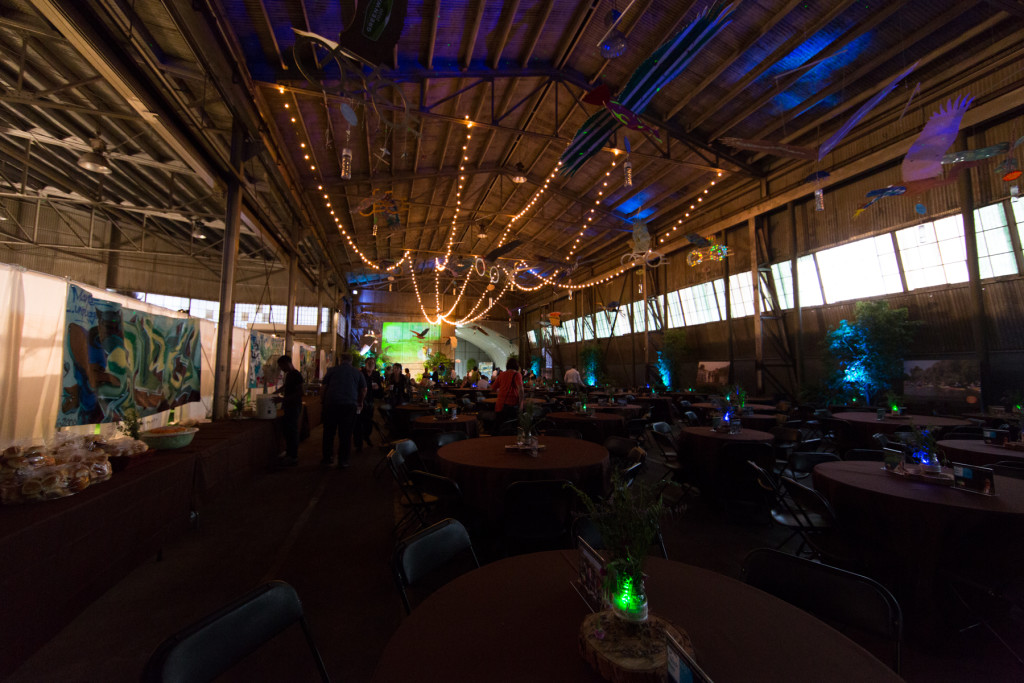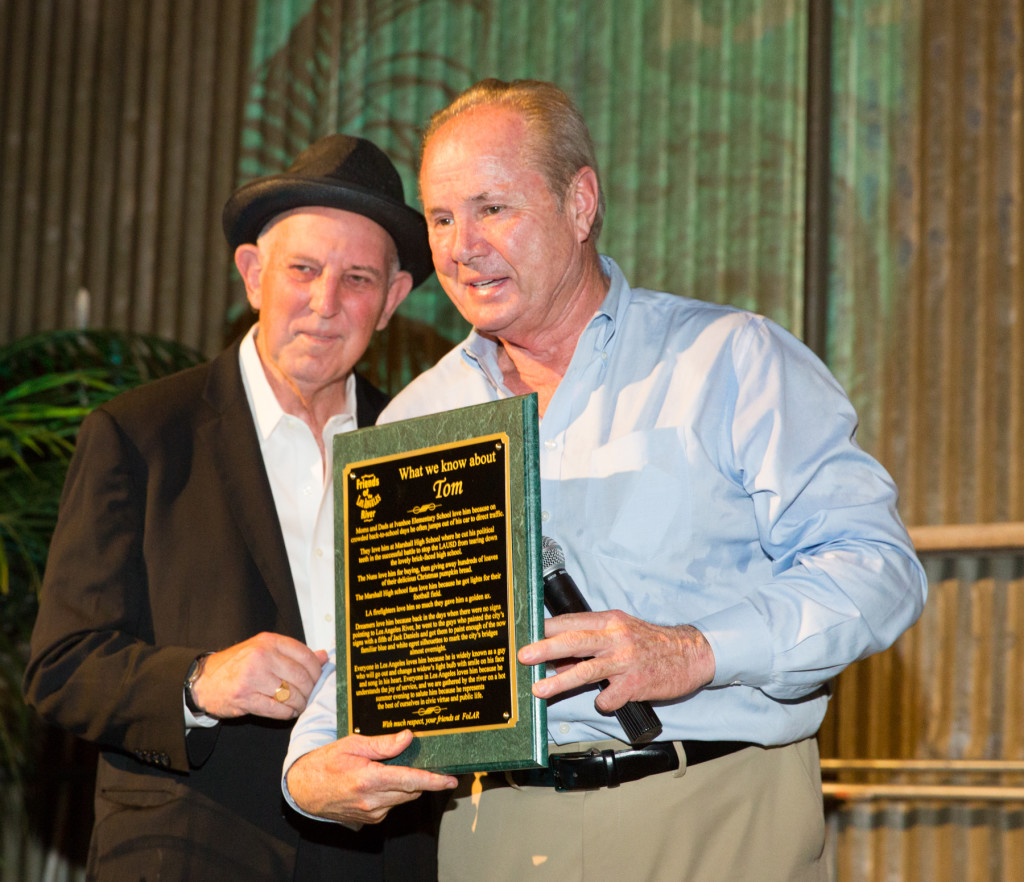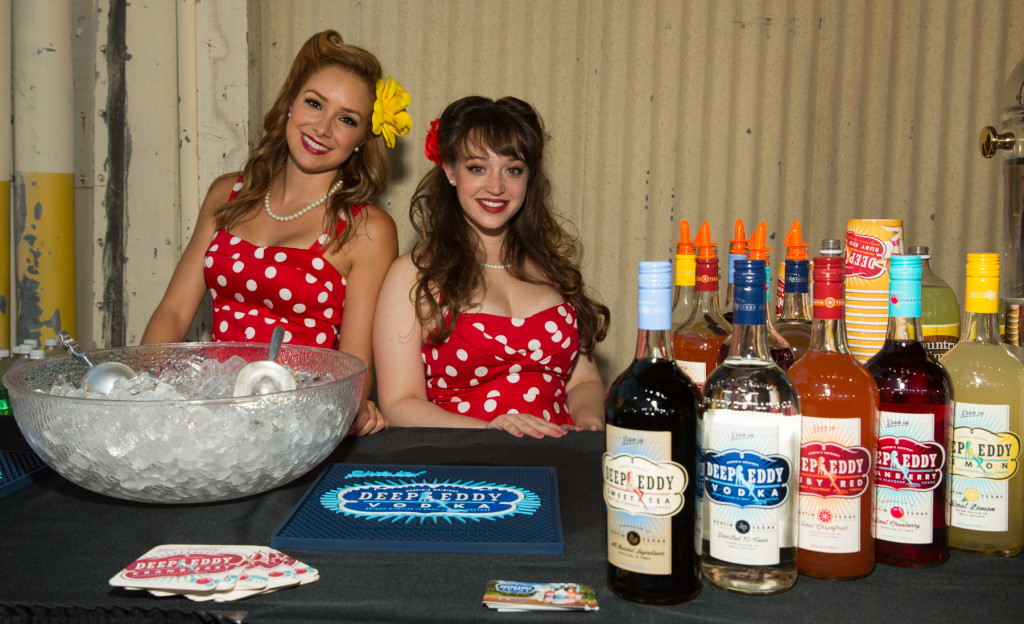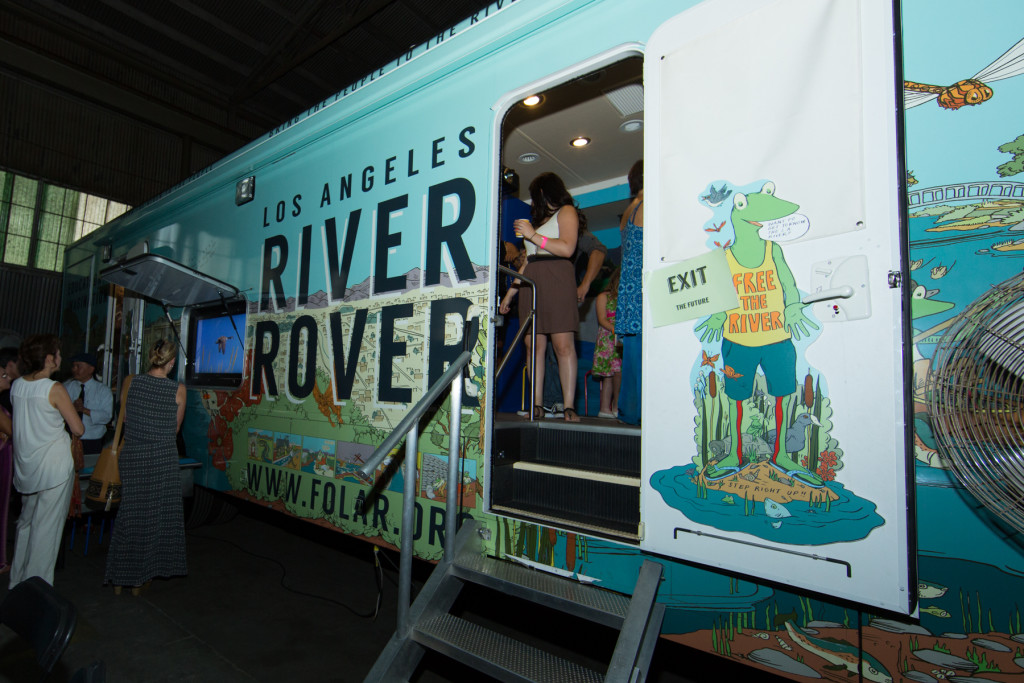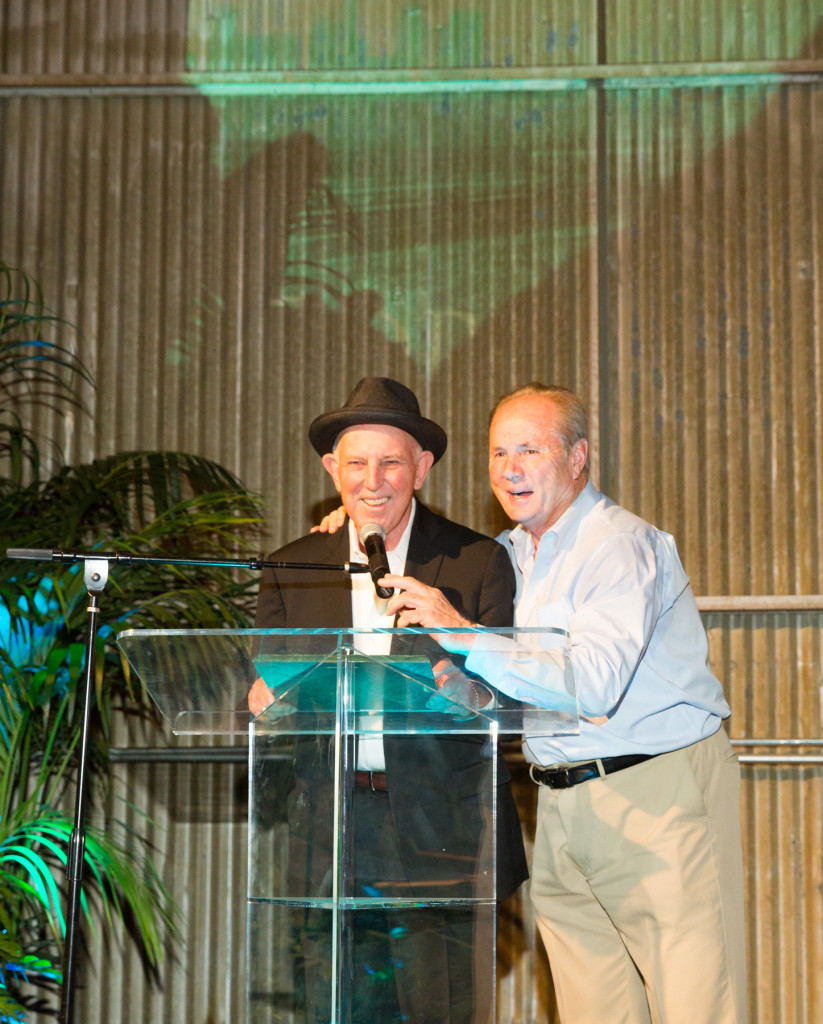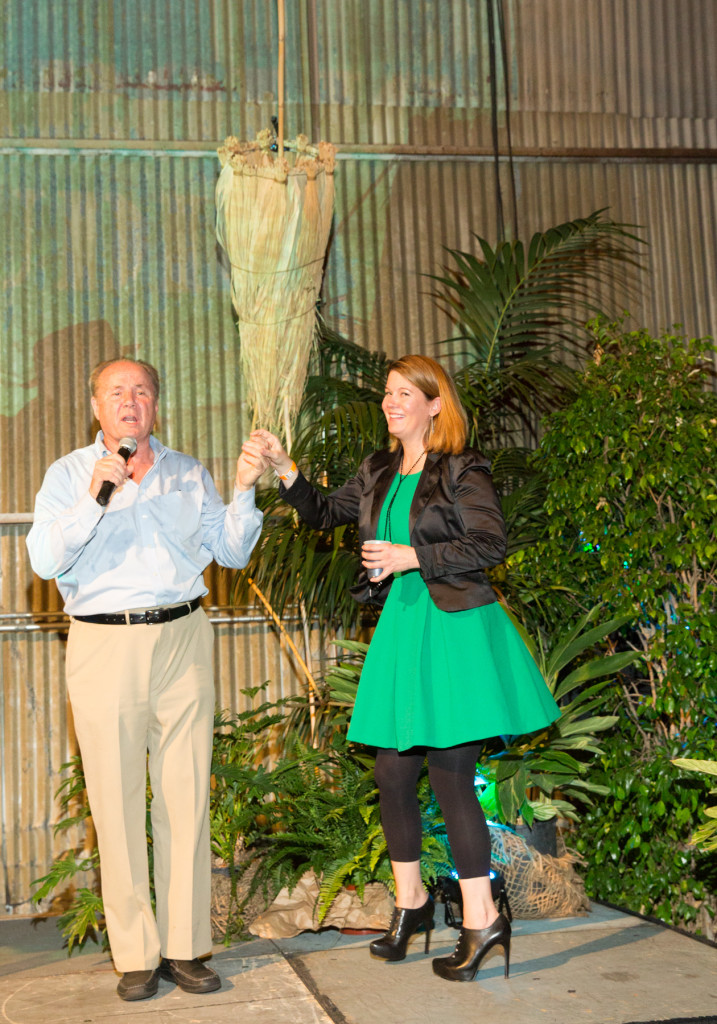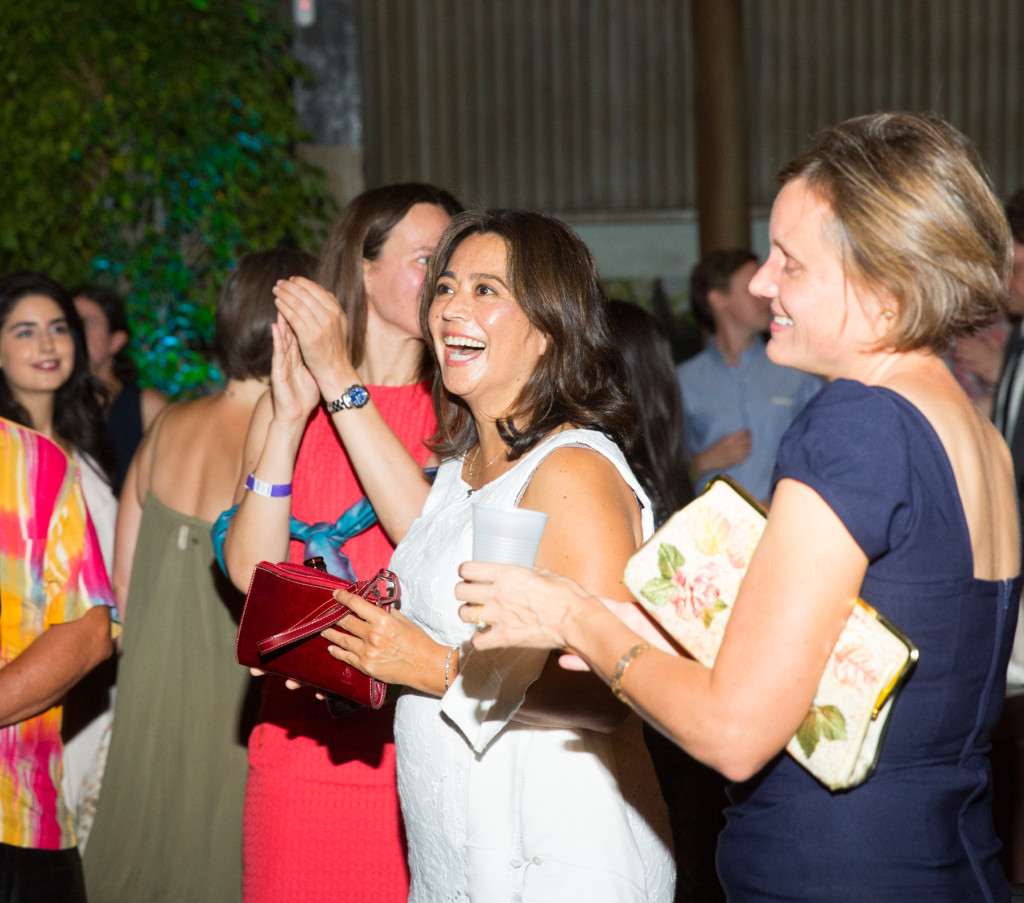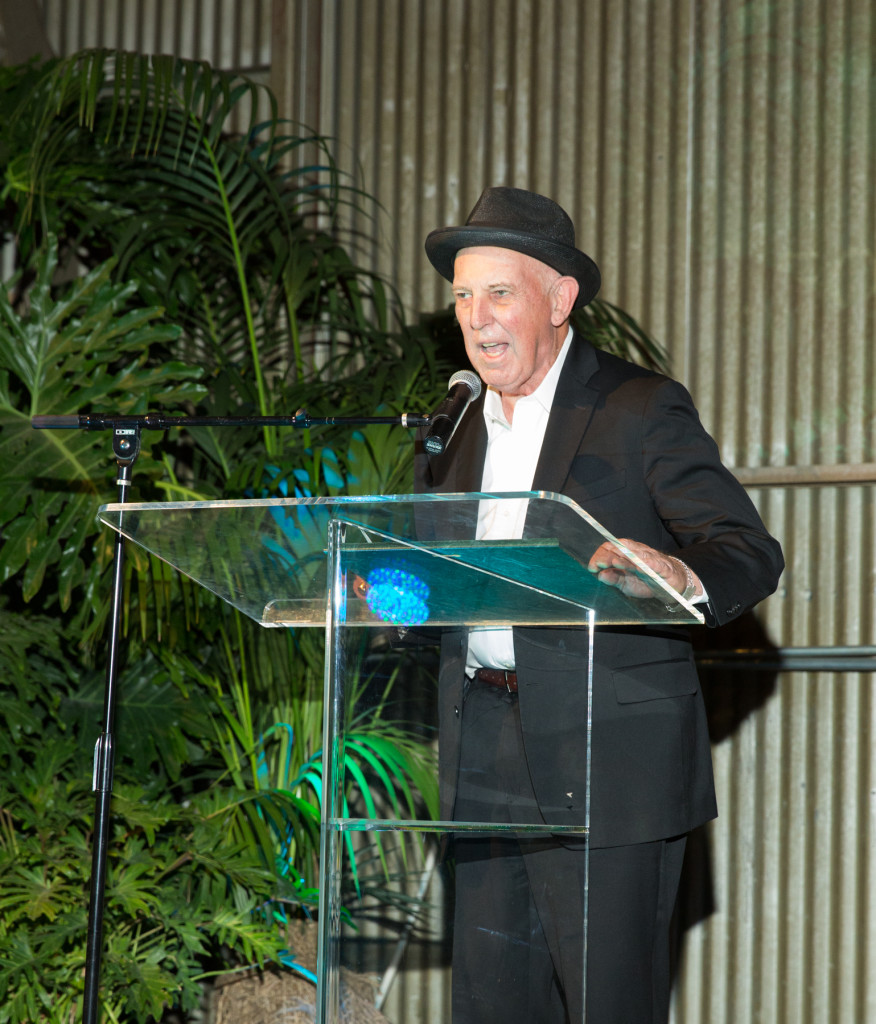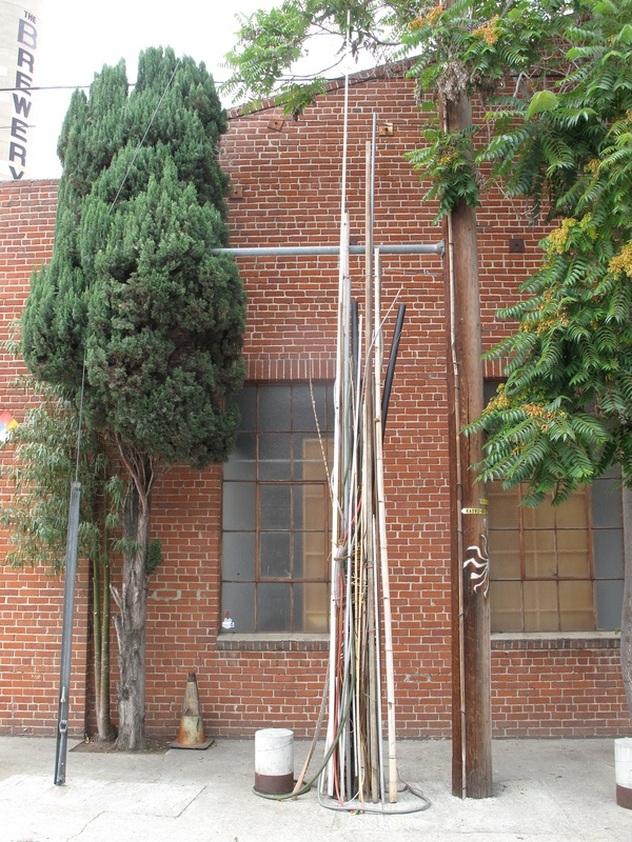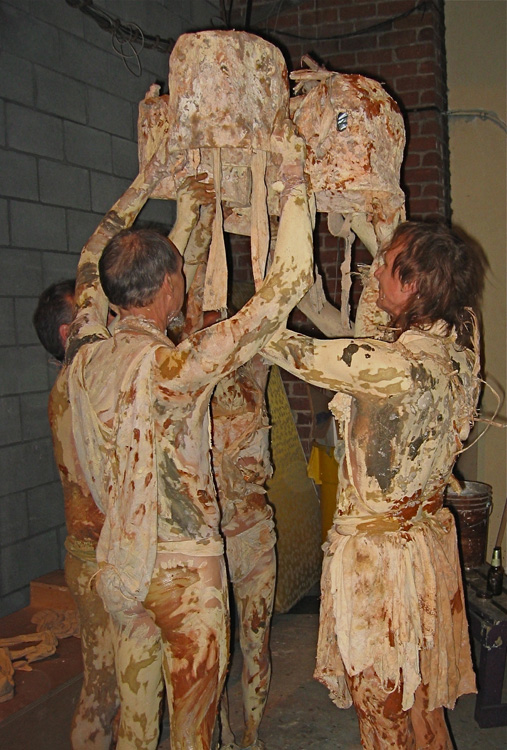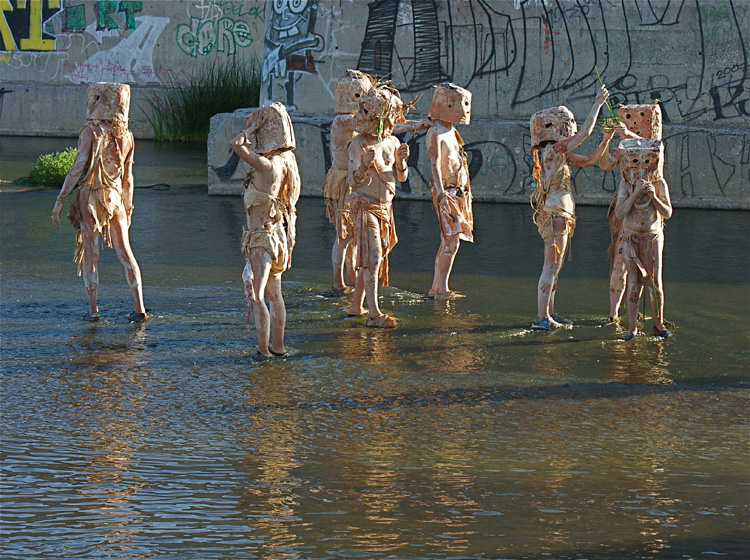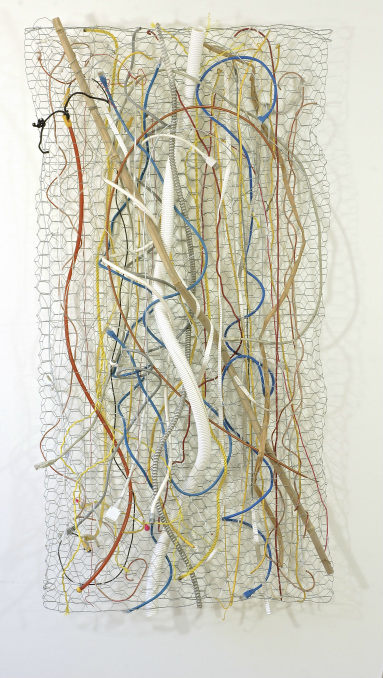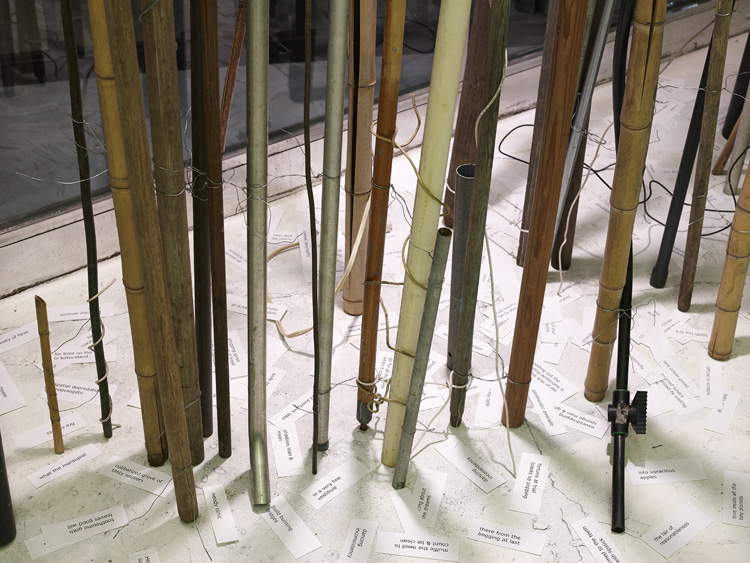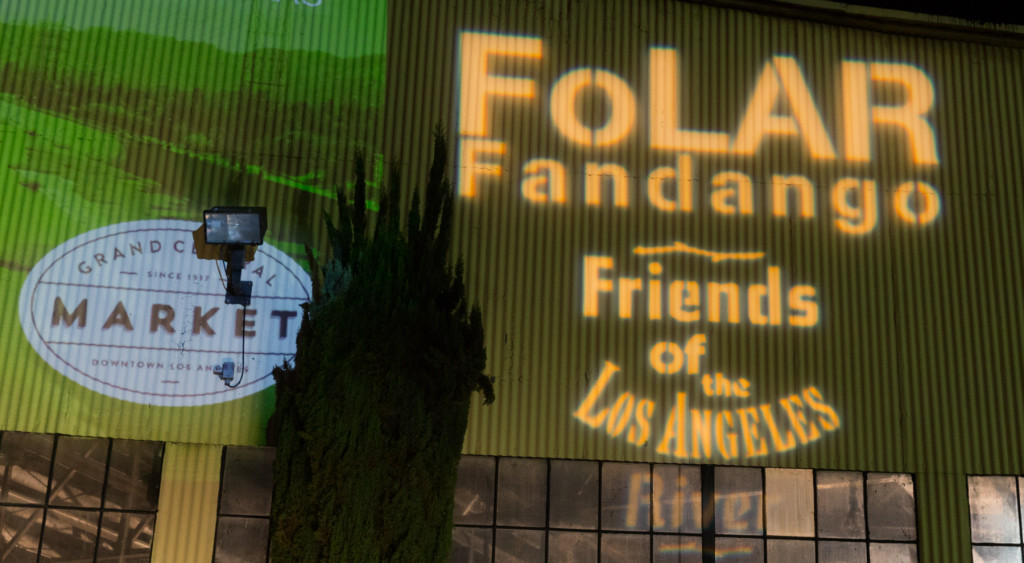
A fandango is a party, and there was a big party for FoLAR, the Friends of the Los Angeles River, last Saturday night. Where? Along the banks of the river of course, now mired in flood channel concrete and separated from the glowing spires of downtown by train tracks and warehouses.

Held on the east side of the River in what is becoming a burgeoning arts district, the event drew 700 plus guests, local politicians, and of course, FoLAR founder, Lewis McAdams. “I want people to be aware of Alternative 20, which the Corps of Engineers has signed off on. It’s going to take 1.35 billion dollars to take out eleven miles of concrete, and if we can do that, we can restore the river, and really get it going,” McAdams says. The issue is funding: the Corps wants the city to pay 80% of this cost, and the city is seeking a 50/50 split. McAdams, was born in Texas, and he has a vision as big as his home state where the river is concerned. Next year will mark the 30th year for FoLAR, and while the organization has achieved much, their dedication to a renewed and renewable river is unstoppable.
The evening was dedicated to the celebration of FoLAR’s achievements over the past year, building a pro-river community. Attendees were encouraged to sign FoLAR’s Alternative 20 petition – which can still be signed at www.folar.org/action – to ensure proper funding of the river’s revitalization. FoLAR’s goal is to create a swimmable, fishable, bikeable, boatable Los Angeles River greenway, a vision promoted at the event.
From a beautifully designed fish sculpture – crafted with river trash – titled “Steelhead, friendly ghost of the LA River” created by FLOD Enterprises to live art documenting river creatures and a vision of the new river itself by Man One, the evening was packed with entertainment.
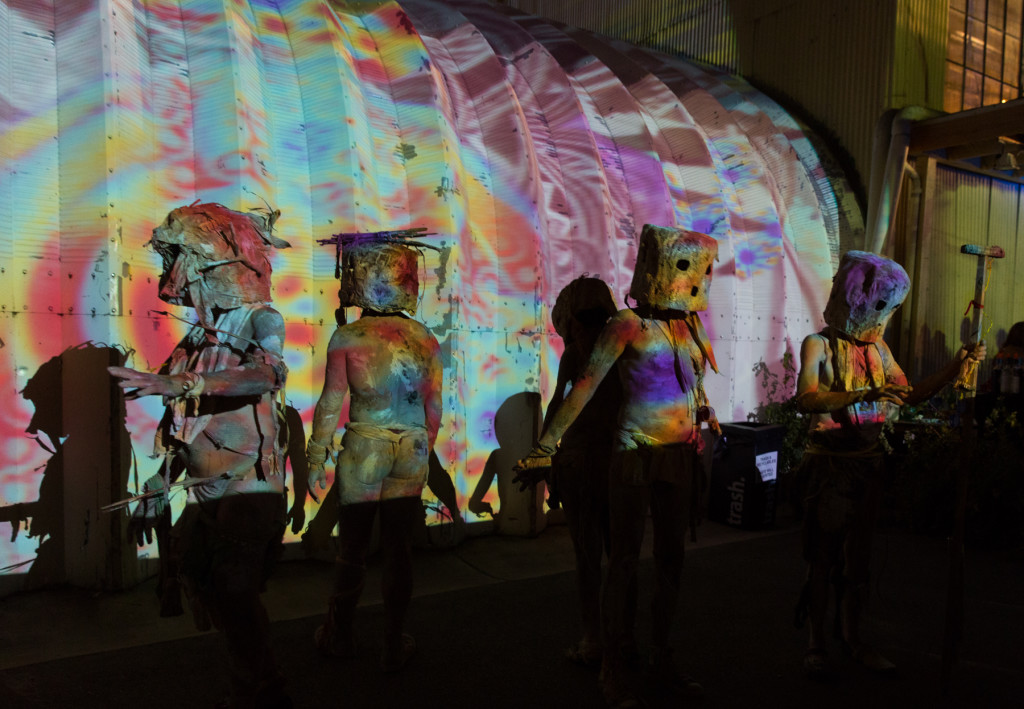
Also on board: the silent, ballet-like performance art by river-supporters the Mudpeople, whose literally mud-covered, masked bodies move together in an ethereal motion that evokes water and river reeds. Emblematic of the life of the river itself, Mudpeople do not speak, but serve as silent, sinuous witnesses to nature’s resilience.
The evening included live music, d.j. inspired break dancing, and exhibits representing different architectural visions for the river. Beverages from Austin’s all-natural Deep Eddy vodka and LA’s own Angel City and Firestone Walker breweries were supplemented by a buffet dinner provided by Pink Elephant. But the fun was accompanied by stellar messages about the ecology of the river.
Tone in Georgia
A mobile museum taken to schools to educate students about the plight of the river and its potential for greatness and greenness was exhibited in the vast dining hall, and community educator Ban Luu explained its purpose, as guests walked through. “We take it to schools to educate students about the past, present, and future of the river. We teach them what it looked like, and the floods in the 1930s that led to the concrete, how it looks now, and the future possibilities. There’s a part of the exhibit that allows you to create an interactive design. Students can add trees, fishermen, walkways. They can see what it will look like once the concrete is removed.” Luu stresses the historic significance of the river, a significance too often discounted. “If it wasn’t for the Los Angeles River, there would be no LA. In 1781, people came to live here because of the water source.” Luu points out plans to create reservoirs to conserve water for landscaping, and a seed bomb table. “We want our visitors to plant native plants that are drought tolerant.”
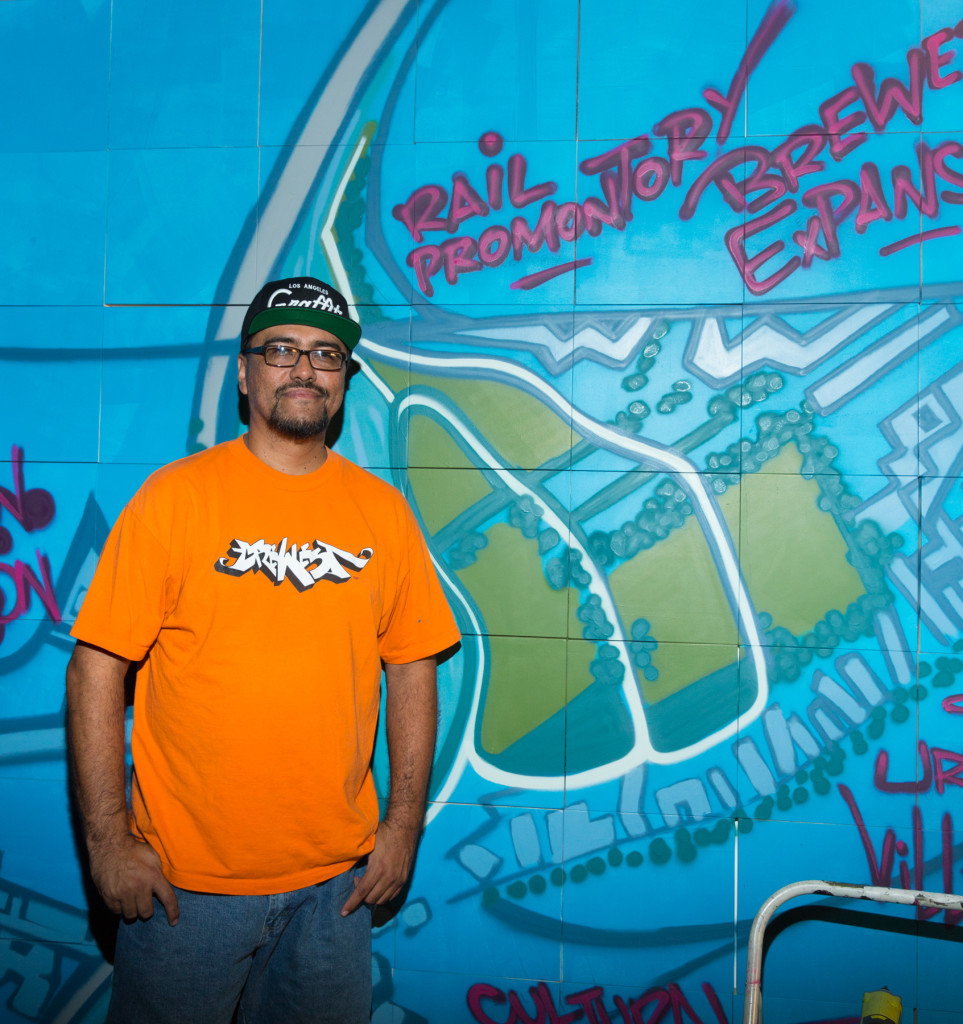
Creating art at the event, as well as displaying already-created pieces available for purchase, artist Man One’s live-painting of what the River could look like featured the proposed Piggy Back Yard. “The vision includes an expansion of the artists lofts at The Brewery arts complex, park land, retail shops, green sections that are tiered where there are now only railroad tracks,” he explains.
Lewis McAdams with Tom LaBonge
Dr. Carol Armstrong from the Mayor’s Office
Below, Alejandro Ortiz, FoLAR
During dinner, speakers such as city councilman Tom LaBonge and FoLAR chairman Alejandro Ortiz thanked generous donors, who offered some $340,000 in pledges. In the last year, LaBonge reports, FoLAR has successfully advocated for Alternative 20, and provided a “terrific education program on urban wildlife and the river that educates students and staff at area schools. I look forward to the next thirty years when the work on our river will be accomplished.”
Ortiz added “FoLAR can be trusted people say, and we’re very proud of that. Your trust is something we plan to earn.” Now that’s worth partying about.
- Genie Davis; All Photos by Jack Burke



